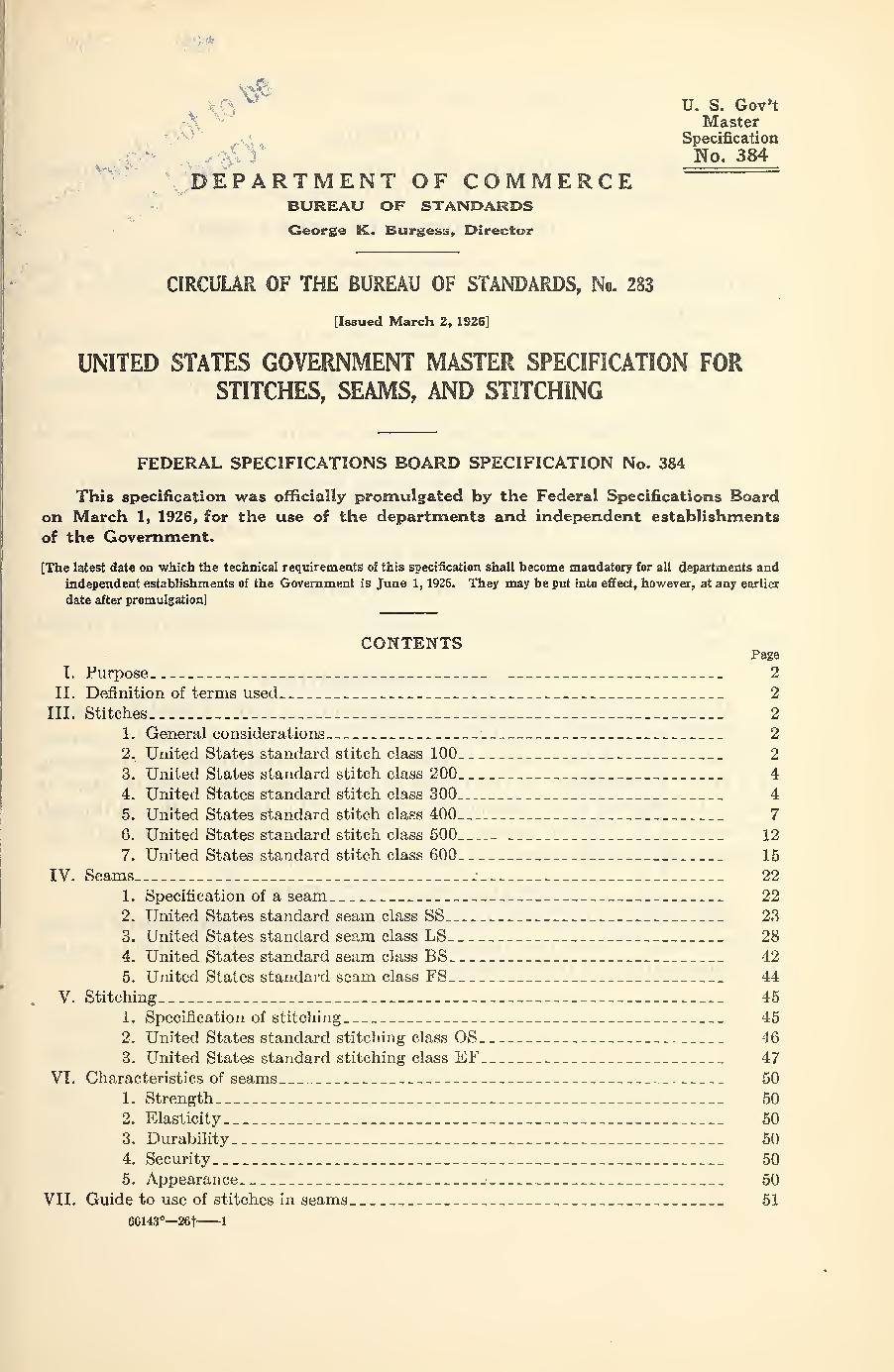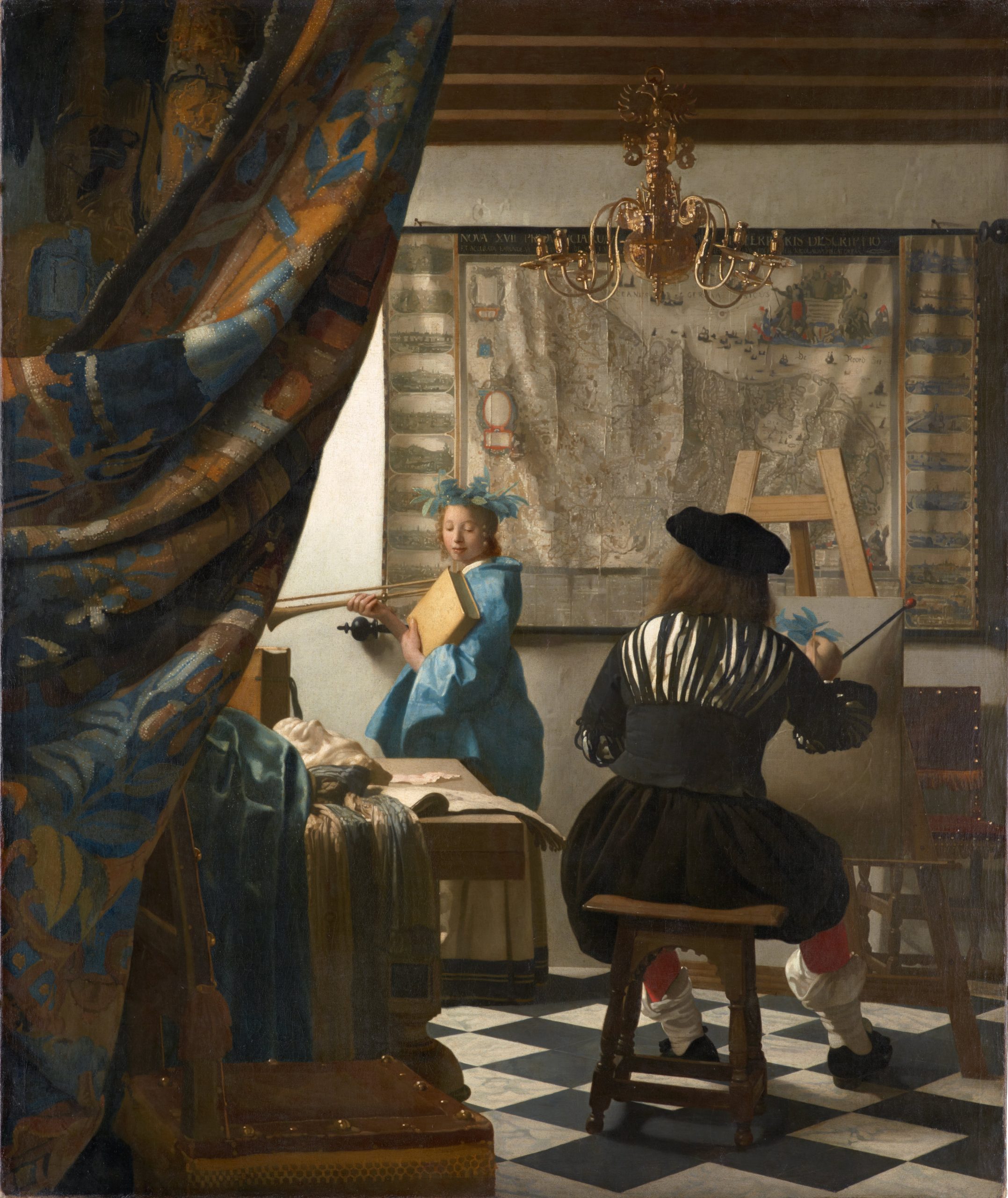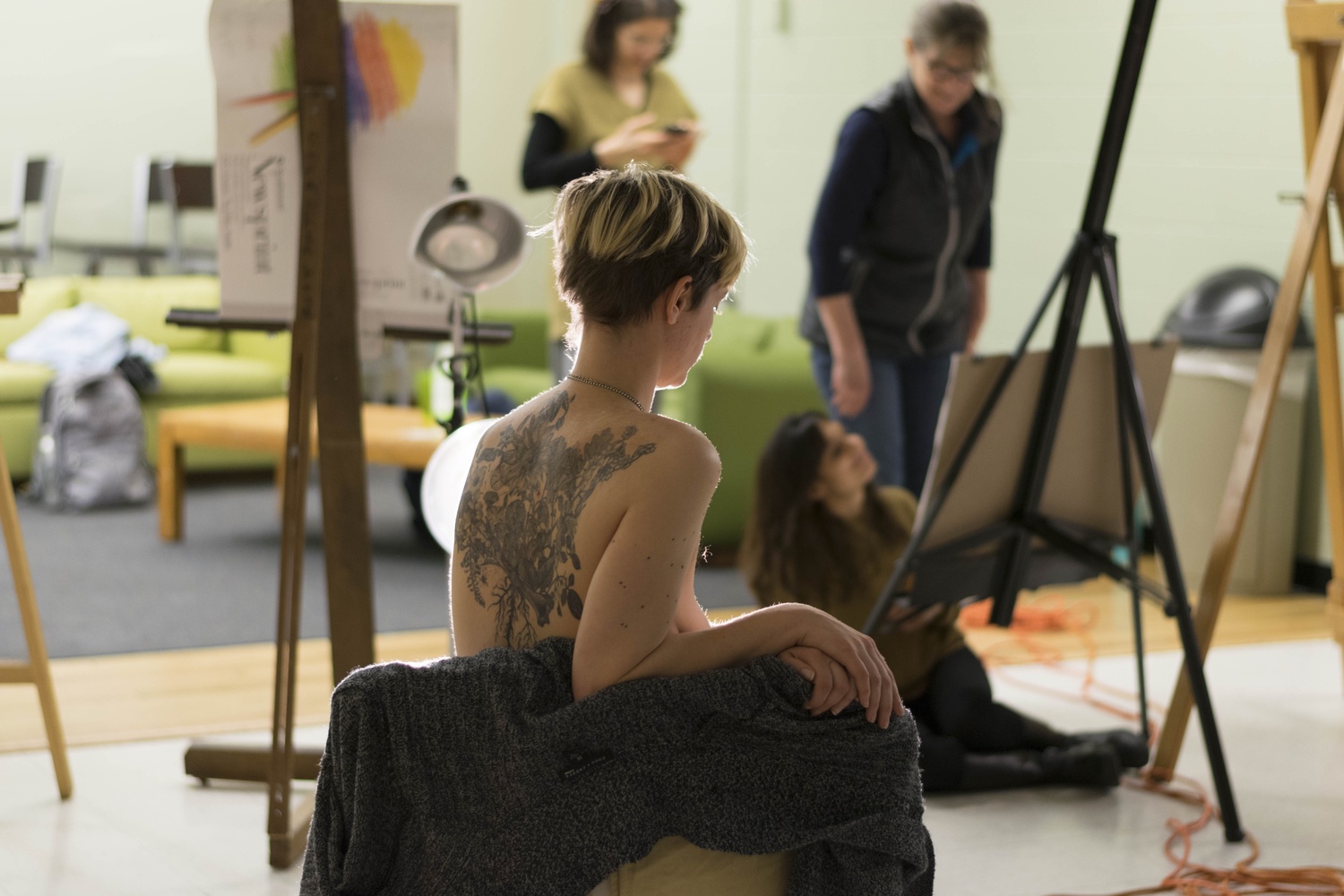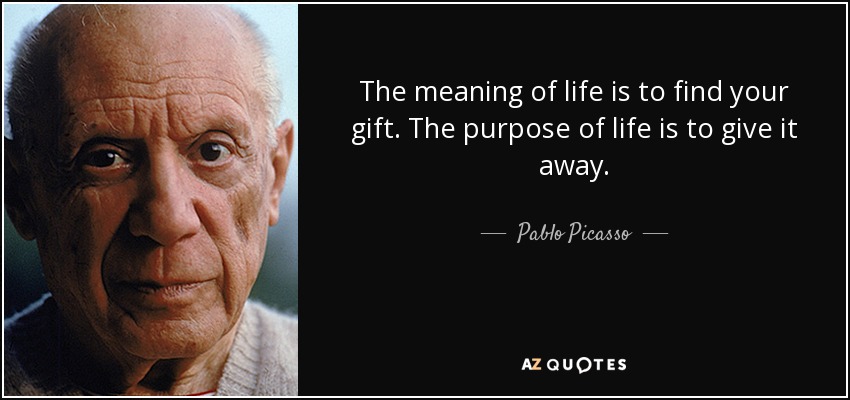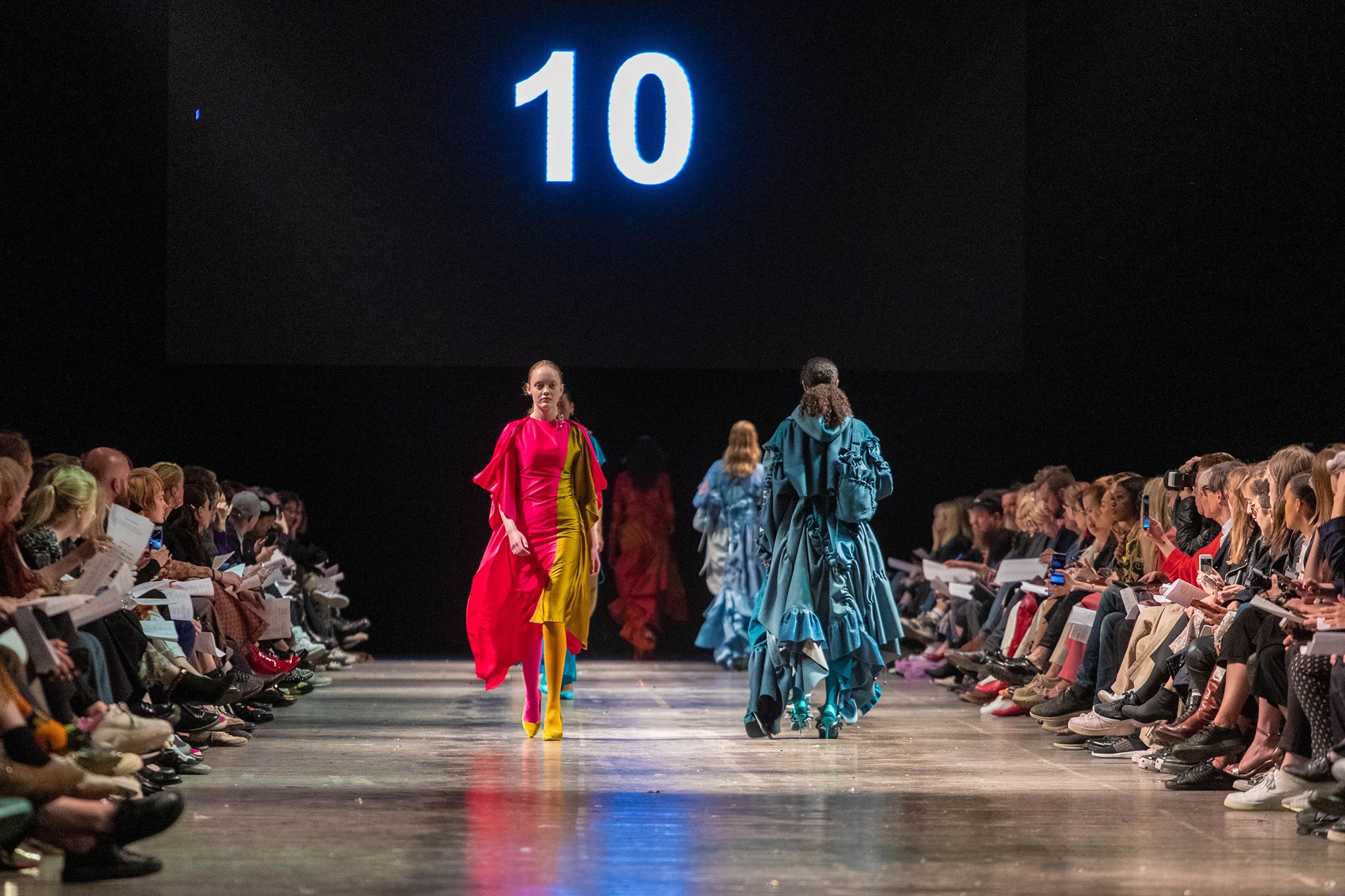Category Archives: Fashion Design
- Home
- Archive by category "Fashion Design" (Page 4)

Stitches, Seams & Stitching
Standard stitch work – standards for men’s clothing sizes trace back to the Civil War, but no one even attempted to fix the sizes for women until almost a century later, when they called on NIST. #NYFW pic.twitter.com/dFQVGknU3w
— National Institute of Standards and Technology (@NIST) February 13, 2021
Fashion Business
This content is accessible to paid subscribers. To view it please enter your password below or send mike@standardsmichigan.com a request for subscription details.
How to Wear A Kilt
A few store lambs weighed and drafted off this afternoon, ready to be sold through Farm Stock Scotland @Farm_Stock 🐑🌱#sheepfarming pic.twitter.com/2qSnJvWCie
— Helen Georgina Marsden (@helengeorgina94) August 29, 2023
Style
In addition to the astonishing size of the global garment industry, risk aggregations in the facilities that support the education and training of young professionals for careers in this field are among the most complex. Not only have we moved this topic from our Saturday stream (which has run about four years now) but starting 2023 we move it into our weekday curriculum further breaking the coverage down further. Join us today at 16:00 UTC as we begin organizing these topics separately.
We start with titles on our Fine Arts syllabus; putting aside the arguable difference between style and fashion which is largely outside our area of expertise. Keeping these spaces safe and sustainable is.
Everyone would basically be 50% happier if everyone dressed a little better. Clothes are everywhere. Everyone doesn't have to be a clothes hound, but if the girls looked pretty and the guys looked nice, people would be happier and even more optimistic about the future. pic.twitter.com/iQcNPL1cMl
— O.W. Root (@NecktieSalvage) July 17, 2024
More:
North Carolina State University: Textile Protection and Comfort Center
South Texas College: General Studio Rules & Procedures
The New School: Parsons Relocates After West 13th Electrical Fire
Barbie
This content is accessible to paid subscribers. To view it please enter your password below or send mike@standardsmichigan.com a request for subscription details.
Art Studios
2024/2025/2026 ICC CODE DEVELOPMENT SCHEDULE
Last update: September 30 2021
Safety and sustainability for any facility begins with an understanding of who shall occupy the built environment and what they will be doing in it. Since we are guiding young people toward their goal of building things that are useful and beautiful we select the International Building Code as a starting point for an occupancy that requires a more elevated concern for safety than a typical classroom.
2021 International Building Code Section 307 High Hazard Group H
High-hazard occupancies in each of the International Code Council code development groups A, B and C; fetch back to these classifications.
Public input for the 2024 International Building Code will be received until January 8, 2024.
For the purpose of formulating our own proposals we begin with the developmental transcripts of the previous code cycle. Recommended search terms: “Section 307”, “Studio”, “Classroom” “University” will give you a sample of the ideas in play. The complete monograph is linked below:
2021 Group A Complete Proposed Changes Monograph (2306 Pages)
2021 PUBLIC COMMENT HEARING SCHEDULE September 21 – 26, 2021
Webcast: 2021 Group A Public Comment Hearings
Titles in the ICC catalog are relevant to nearly every study unit in our Syllabus. See our CALENDAR for topics and do not be shy about clicking in any business day at 16:00 UTC (11 AM ET).
Issue: [18-166]
Category: Various
Colleagues: Mike Anthony, Marcelo Hirschler, Richard Robben
More
Mount Holyoke University: Safety Guide for Art Studios
Standard Methods of Fire Tests for Flame Propagation of Textiles and Films
IEEE: Textile humidity sensors
Fire at Pratt Institute Destroys Studios and Artwork of Students
New update alert! The 2022 update to the Trademark Assignment Dataset is now available online. Find 1.29 million trademark assignments, involving 2.28 million unique trademark properties issued by the USPTO between March 1952 and January 2023: https://t.co/njrDAbSpwB pic.twitter.com/GkAXrHoQ9T
— USPTO (@uspto) July 13, 2023
Standards Michigan Group, LLC
2723 South State Street | Suite 150
Ann Arbor, MI 48104 USA
888-746-3670




